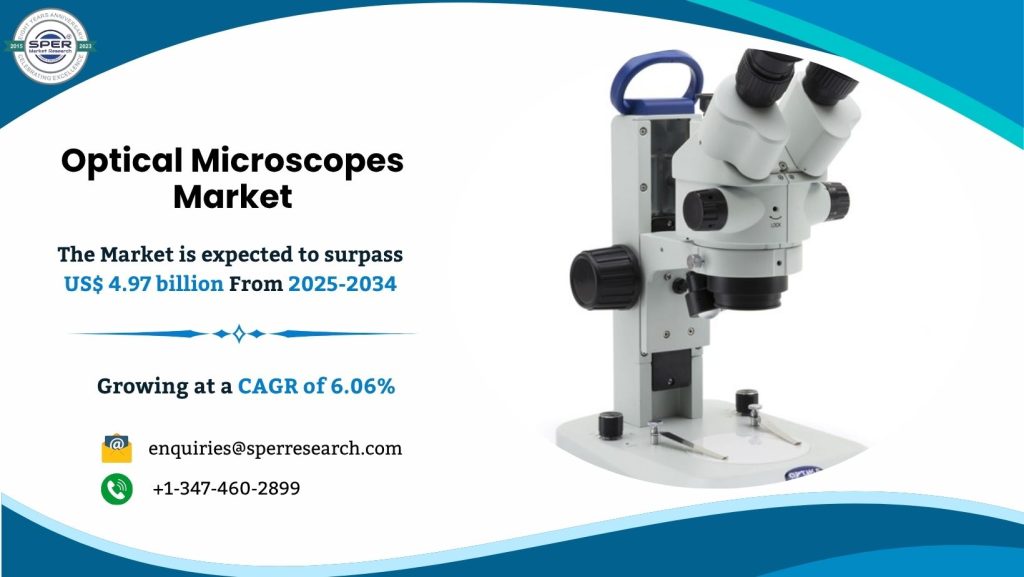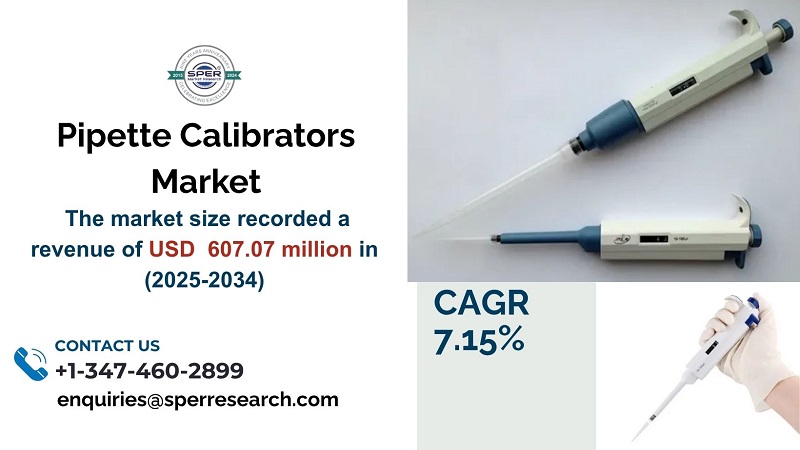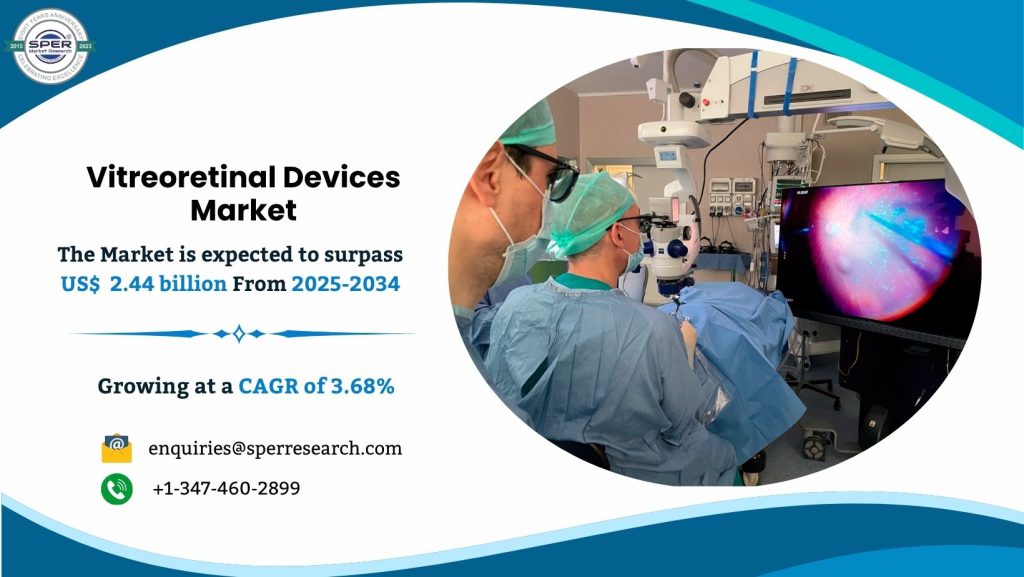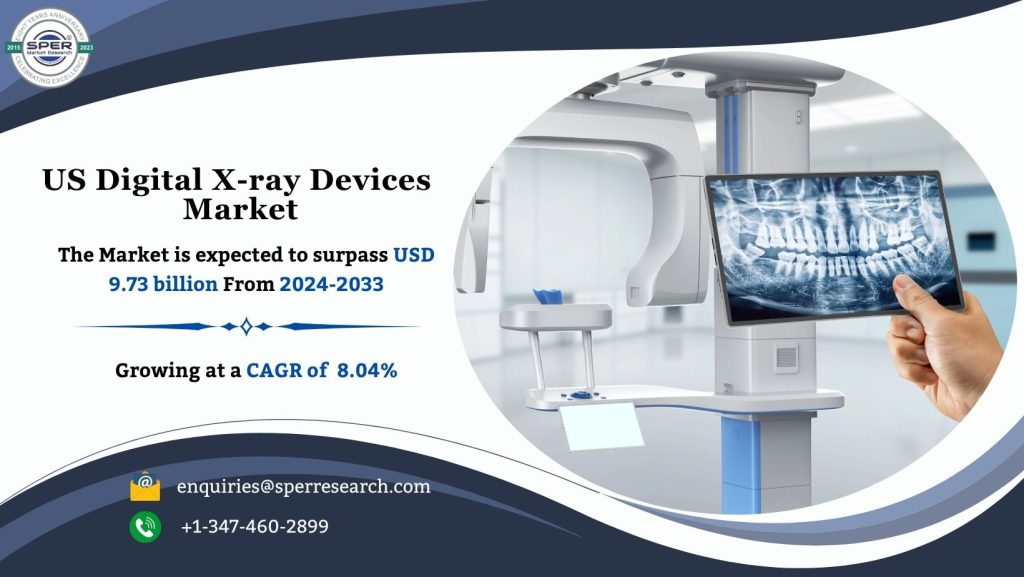Biopsy devices are specialized medical instruments designed to collect tissue samples from various parts of the body to assist in diagnosing diseases such as cancer, infections, and inflammation. Once collected, these tissue samples are analyzed in laboratories to identify cellular abnormalities and determine the presence or extent of disease. There are several types of biopsy devices, including fine-needle aspirators, core needles, vacuum-assisted systems, and surgical forceps. The selection of a particular device depends on the location within the body and the suspected condition. Biopsy devices are crucial for early and accurate diagnosis, guiding effective treatment strategies. Recent technological advancements have enhanced these tools by making biopsy procedures safer, more precise, less invasive, and more efficient, thereby improving patient outcomes and reducing recovery times.
According to SPER Market Research, ‘Europe Biopsy Devices Market Size– By Product, Application, By Guidance Technique, By End User- Regional Outlook, Competitive Strategies and Segment Forecast to 2033’ the Europe Biopsy Devices Market is estimated to reach USD 871.38 million by 2033 with CAGR of 4.41%.
Drivers:
The Europe biopsy devices market is growing because cancer cases are rising and there is a stronger focus on early detection. Government initiatives and awareness campaigns across European countries are encouraging people to opt for early cancer screening. Moreover, there is a growing preference for minimally invasive procedures, driving the adoption of advanced biopsy tools such as needle-based, vacuum-assisted, and image-guided systems. Technological improvements in automation, robotic support, and integration with imaging systems like CT and MRI have improved diagnostic accuracy and efficiency. Also, favorable reimbursement policies in Germany and the UK, combined with ongoing innovations by top manufacturers, motivate hospitals and diagnostic centers to adopt advanced biopsy technologies.
Request a Free Sample Report: https://www.sperresearch.com/report-store/europe-biopsy-devices-market.aspx?sample=1
Restraints:
Despite its growth, the Europe biopsy devices market faces challenges such as high procedure costs, strict regulatory requirements, and risks of complications during biopsies. One major barrier is the high cost of biopsy systems and procedures, particularly for advanced and robotic-assisted devices, which limits access in smaller or public healthcare facilities. Regulatory compliance with EU MDR norms adds to the complexity and delays in product approvals, increasing development costs. Furthermore, there is unequal distribution of biopsy technologies across regions, especially in rural or low-income areas with limited healthcare infrastructure. A shortage of skilled professionals to operate sophisticated biopsy systems also hinders adoption. Finally, intense price competition, demand for cost-efficiency by buyers, and the growing popularity of non-invasive alternatives like liquid biopsy are further restraining the market. Germany leads the Europe biopsy devices market due to its advanced healthcare system, high cancer screening rates, and favorable reimbursement policies that support widespread use of modern diagnostic tools. Some key players are- Devicor Medical Products Inc., ARGON MEDICAL., SOMATEX Medical Technologies GmbH, Scion Medical Technologies, TSK Laboratory Europe B.V., B. Braun Melsungen AG, Cardinal Health, Siemens, Boston Scientific Corporation.
For More Information, refer to below link: –
Europe Biopsy Devices Market Share
Related Reports:
Ingestible Sensors Market Growth
Optical Microscopes Market Growth
Follow Us –
LinkedIn | Instagram | Facebook | Twitter
Contact Us:
Sara Lopes, Business Consultant — USA
SPER Market Research
enquiries@sperresearch.com
+1–347–460–2899









